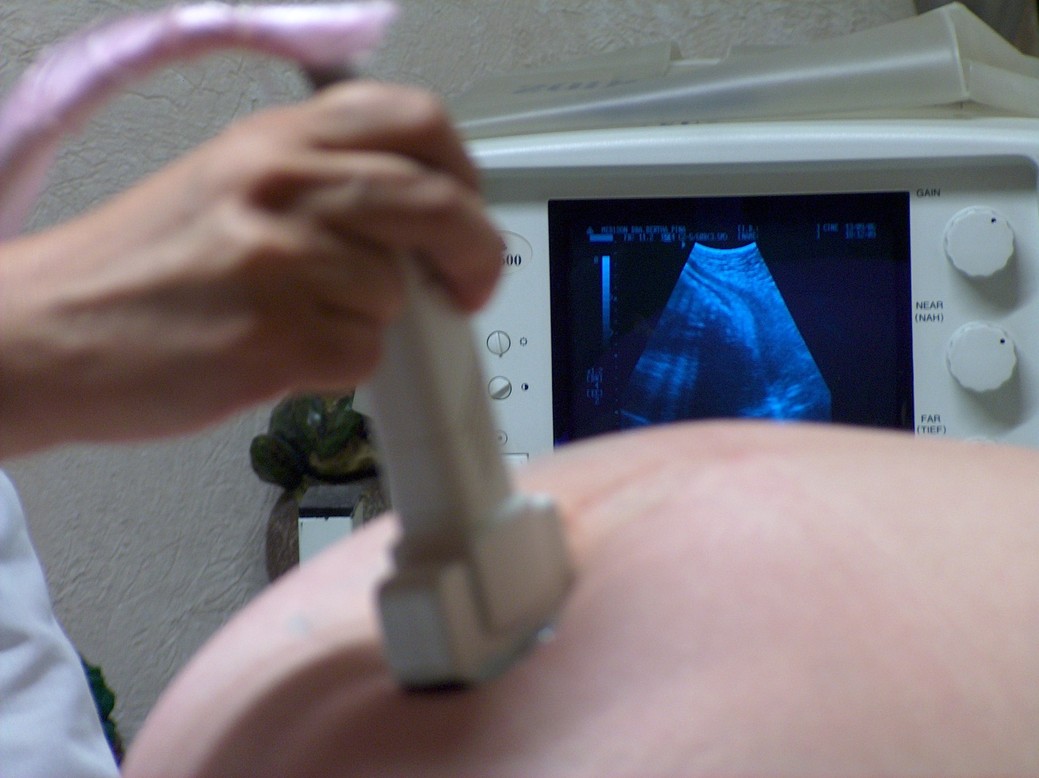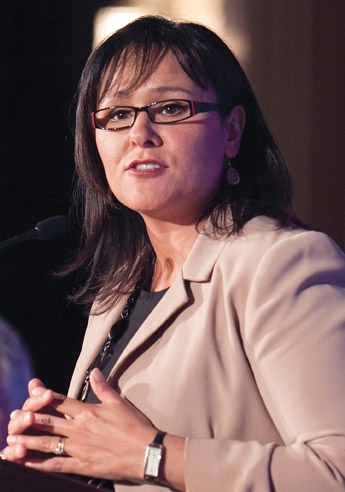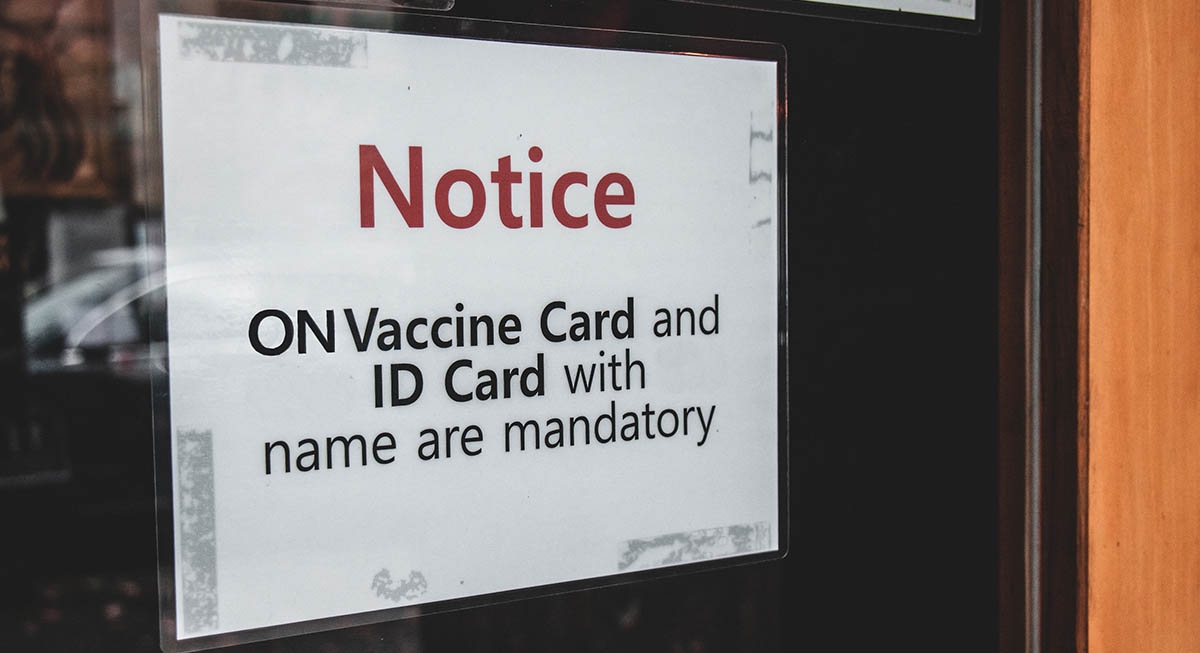
Why Do We Have So Few Midwives In Canada?
Canada’s Lack of Midwifery Capacity is Costing the Healthcare System
I once interviewed a midwife from the UK who questioned why it is that we are so unique when it comes to birthing in Canada. She said, “it is not like you Canadians have maple syrup coming out of your breasts.” It may not be maple syrup flavoured breast milk that makes us unique, but what does make us stand out is the fact that we are one of a few nations that has so few births attended by midwives.
At last count, there were roughly a little over 1300 midwives attending less than 10% of births in Canada. This figure stands in stark contrast with the Netherlands where upwards of 80% of women are cared for by a midwife, and the UK, where midwives attend all births and are primarily responsible for the majority.
It is perplexing why we have so few midwifery births in Canada.
Part of the cause is that Canada was one of a handful of countries (and the only Western industrialized nation) not to have any provisions for midwifery care prior to 1993. In the last 20 years, there has been growth in the profession, but only modest. At the same time there has been a rapid exodus of family physicians no longer delivering babies — for a number of reasons, including that attending births is disruptive to one’s practice and one’s lifestyle. Babies like to come at all hours of the day and night, and not neatly into 9 to 5 time slots, Monday to Friday.
It is obstetricians – specialists in high risk maternity care – that have been left to address this gap in childbirth attendance, not by design but by default. In Canada, family physicians largely refer pregnant women in their practice to obstetricians, in part because there are too few midwives available.
It is important to note that maternity care providers are not interchangeable. Midwives, family physicians and obstetricians all deliver babies with a different approach. Obstetricians are trained to manage high risk pregnancies and birth; this requires vigilance and often intervention. Having obstetricians attend more women with low risk pregnancies can result in more interventions being done on women for whom the interventions are less appropriate, less effective and less evidence-based.
Indeed, a rapidly increasing Caesarean section rate can be seen, in part, as a symptom of this mismatched approach to low risk care. The fact that C-sections rank as the top surgical procedure across Canadian hospitals (over 100,000 in 2012/13), eclipsing the next most frequent procedure (hips and knee replacement) by a factor of almost two fold, should cause some serious reflection on the state of maternity care in Canada.
A colleague from the Human Resources for Health office at the World Health Organization (WHO) asked me why Canadian women accept this. I had no answer.
Midwives are trained to manage low risk pregnancies and birth in a way that is also vigilant, involving time, patience – but with fewer interventions. One of the highest standards of evidence – a Cochrane review – confirmed the safety and efficacy of midwifery led care as an option that should be available to all women. Closer to home, an evaluation of the midwifery approach to maternity care in Ontario noted that midwives have lower intervention rates, fewer re-admissions to hospital and shorter hospital stays. This difference in approach translates into a cost savings of $800 per midwifery attended hospital birth and a savings of $1800 for home births when compared with family physician care for women with low risk pregnancies. This is one of those rare win-win situations in healthcare.
So, how can we begin to move forward to address this perplexing situation?
First, we need to begin to shift who provides low risk maternity care in Canada through a coordinated and sustained expansion of midwifery education programs across the country. We quite simply need more midwives so we need to train substantially more and we need to start doing this now. We also need a parallel increase in employment and practice opportunities for midwives now, and for those that will be coming out of these programs; this is particularly important in those provinces and territories where there is, as of yet, no provisions for midwifery care.
There will be costs to be sure, but this new training could build on the present infrastructure for midwifery education and practice in Canada. More to the point, the costs will be significantly less than the status quo of a continued rising intervention and Caesarean-section rate reflecting a maternity care landscape that exists nearly nowhere else in the world.
Undertaking these actions, and quickly, will enable us to get back to being unique in ways that are more exemplary.
Ivy Lynn Bourgeault is an expert advisor for EvidenceNetwork.ca, a Professor in the Telfer School of Management and the Institute of Population Health at the University of Ottawa. She holds a CIHR Chair in Gender, Work and Health Human Resources. She consults with a number of provincial ministries of Health, with Health Canada, the Pan American Health Organization and the WHO.













